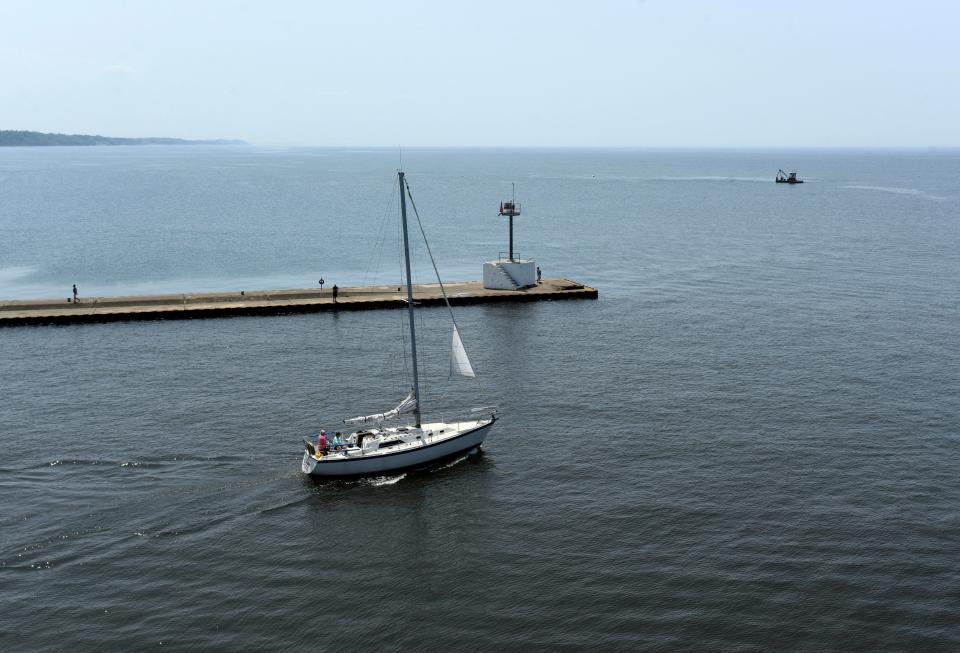NOAA: $2.6 billion will help communities prepare for weather disasters and climate change
Coastal communities, Tribal nations, and weather forecast accuracy are among the planned beneficiaries of $2.6 billion the Department of Commerce plans to use to help communities be more resilient to climate change, weather hazards and sea level rise.
It includes $575 million for regional challenge grants launched by the National Oceanic and Atmospheric Administration this week.
More frequent and costly climate and extreme weather events have profound economic and social impacts on communities, NOAA Administrator Rick Spinrad said earlier this month.
The $2.6 billion – from the Inflation Reduction Act and previously announced funding from the Bipartisan Infrastructure Law – offer “transformational opportunities” to help communities prepare for climate impacts, Spinrad said.
“Now more than ever communities across the country are facing the realities of climate change and extreme weather," Spinrad said. “Since January in fact there have been a record setting seven disasters that have totaled a billion dollars or more each in damages.”

What is the Climate Resilience Regional Challenge?
A $575 million grant program for regional projects to help communities in coastal states and Great Lakes communities, including Tribal communities, collaborate to be more resilient to extreme weather events and other climate change impacts.
The challenge "will help communities that share common challenges work together to develop innovative solutions," said Gina Raimondo, secretary of the Department of Commerce.
The grant program has two tracks, $25 million for supporting collaborative building and strategy development and $550 million to focus on implementing climate adaptation actions. Projects may include acquiring vulnerable land, building natural infrastructure, strengthening or protecting coastal natural resources and planning and preparing for community-led relocation.
What are some of the other planned expenditures?
$390 million for Tribal priorities, habitat restoration and bolstering fish populations, and funding to help coastal communities prepare for the effects of climate change.
$390 million to Indigenous tribes for habitat restoration, fish passage, capacity building, science, fish hatcheries and Pacific salmon.
$349 million for projects to conserve fisheries and protected species in coastal regions, to build fishery management that incorporates more climate and ecosystem environmental data.
$100 million for Ocean-Based Climate Resilience Accelerators, a new competitive business accelerator program to support businesses with coastal and ocean-based resilience products and services related to NOAA’s mission.
$60 million to help employers put workers into jobs that enhance climate resilience and to train and support the workers.
What are some of the NOAA programs and facilities expected to receive money?
The Northwest Fisheries Science Center in Seattle, Washington.
NOAA's Howard Marine Sciences Laboratory in Sandy Hook, New Jersey.
Piers in Newport, Rhode Island, and Charleston, South Carolina.
Projects at multiple national marine sanctuaries.
Expansion and improvement of NOAA’s fleet of research airplanes and ships used to study the atmosphere, weather, ocean and sea life. That includes construction of two charting and mapping research vessels for NOAA Fisheries, repairs to other survey vessels and adding a second G550 ‘hurricane hunter’ aircraft.
Expedite development of new phased array radar capabilities to improve the accuracy of severe weather warnings, including hurricanes.
This article originally appeared on USA TODAY: NOAA plans $2.6 billion to help prepare for and respond to disasters

